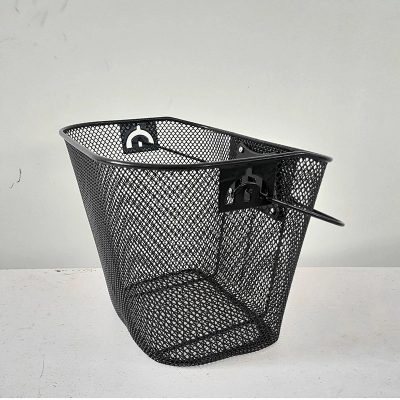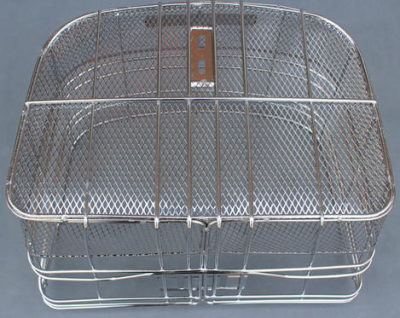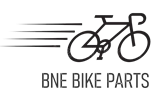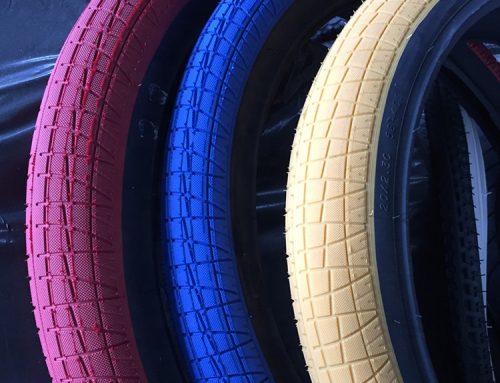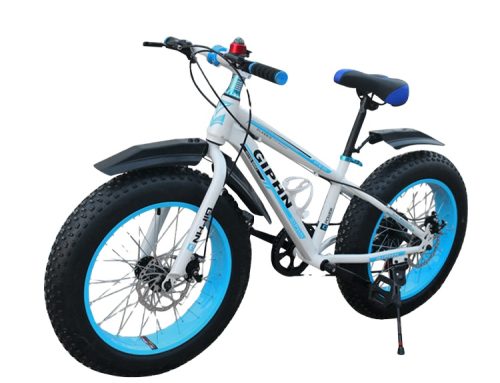Achieving comfort on a bike seat involves finding the right saddle width and ensuring a proper fit. Here’s how to consider bike seat width and fit for a comfortable riding experience:
Bike Seat Width:
- Measure Your Sit Bones: Sit bones (ischial tuberosities) are the bony parts of your pelvis that come into contact with the bike seat. Many bike shops offer sit bone measurement services, but you can also do it at home using a piece of corrugated cardboard or a memory foam pad. Sit on the pad, and your sit bones will create impressions. Measure the distance between the centers of the impressions to determine your sit bone width.
- Choose the Right Width: Once you know your sit bone width, choose a bike seat with a width that closely matches your measurement. Saddles typically come in various widths to accommodate different riders. A saddle that is too narrow or too wide can lead to discomfort and pressure points.
- Riding Style: Consider your riding posture and style. A more upright posture may require a wider saddle, while a more aggressive posture might benefit from a narrower saddle.
- Try Before Buying: Whenever possible, try out different saddle widths before making a final decision. Many bike shops offer saddle demo programs, and some manufacturers have fit guides that can help you choose the right width based on your sit bone measurement.
Bike Seat Fit:
- Saddle Position: Adjust the saddle position to ensure your sit bones are properly supported on the wider part of the saddle. The saddle should be positioned so that your sit bones are centered on the seat’s widest part.
- Level or Tilted?: Most riders prefer a saddle that is either level or slightly nose-down. A tilted saddle can lead to discomfort and sliding forward. However, personal preference may vary, so try different positions to see what works best for you.
- Fore and Aft Position: Adjust the saddle’s fore and aft position to ensure your knees track properly over the pedals. Your knee should be aligned with the pedal axle when the crankarm is parallel to the ground.
- Handlebar Reach: The saddle’s position can affect your reach to the handlebars. Make sure the saddle position allows you to comfortably reach the handlebars without straining your arms or back.
- Bike Fit: If you’re struggling to find the right saddle position, consider getting a professional bike fit. A bike fit expert can analyze your riding posture and make precise adjustments for optimal comfort and performance.
Remember that comfort is highly individual, and it might take some trial and error to find the perfect saddle width and fit. Pay attention to any discomfort or numbness during your rides, and make adjustments accordingly. A comfortable saddle and proper fit contribute to an enjoyable and pain-free cycling experience.
